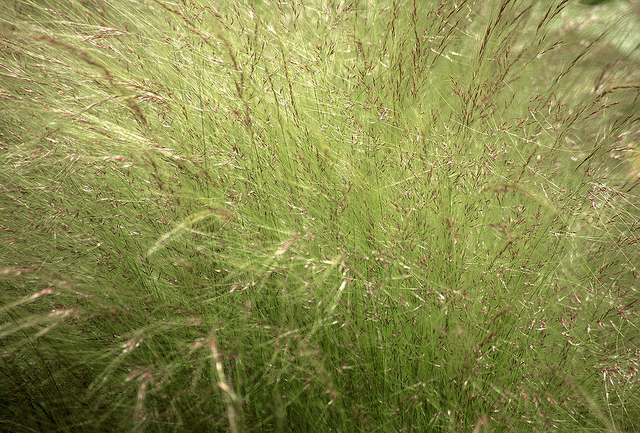Moving on from yesterday’s post which detailed the structure of grass plants, today I want to go into more detail about the processes and factors related to the growth of turf grass.
Leaf Growth
When we think of turf it’s easy to imagine that each individual blade of grass is a plant. However, each of the blades we see in the turf is a single leaf of a plant that might have many other leaves. All growth occurs from the base of the leaf so that the bit we cut off is always the oldest part of the living plant tissue and it is this feature that allows the grass to be mown frequently without undue injury. Although the main function of the leaf is to manufacture food for the plant through photosynthesis and increase the biomass of the plant the leaf can also take in water and nutrients to some degree.
Factors which affect leaf growth
Environment
As we observed in the post introducing warm and cold season grasses there are certain environmental factors that affect the growth of the turf grass leaf.
Temperature
Temperature is one of the most critical factors in leaf growth.
- Cool season (C3) grasses have an optimum temperature range of 160 to 240C
- Warm season grasses (C4) have an optimum range of 270 to 350 C
Sunlight
Sunlight is the main energy source in photosynthesis which the plant must do to produce food in the form of carbohydrates. In shade the density of turf will decline significantly which is a sign that there is much less biomass (plant tissue) being created by the plants.
Soil
For successful growth the plants need a favourible soil environment that allows for unhindered root growth. When rooting is curtailed so is leaf growth.
Cultural factors
Mowing height
When the grass is allowed to grow higher this results in more leaf tissue and therefore a greater leaf area for photosynthesis which in turn results in a greater production of carbohydrates for plant food.
Nutrition
- Nitrogen (N) – an increase in available Nitrogen will typically result in increased leaf growth.
- Iron (Fe) – the availability of Iron helps to ensure that the plant has the correct level of chlorophyll synthesis which is needed for the photosynthetic process to work efficiently.
- Water – a very high percentage of plant tissue is water and this makes it critical to plant survival and healthy growth.
- Diseases – the control or discouragement of disease pathogens is essential to strong and vigorous plant growth.
Next time we’ll look at some of the different growth habits you will encounter in turf grass management.
Meantime, why not share your views in the comments? or drop me a line.
Photo thanks to Kevin Dooley

